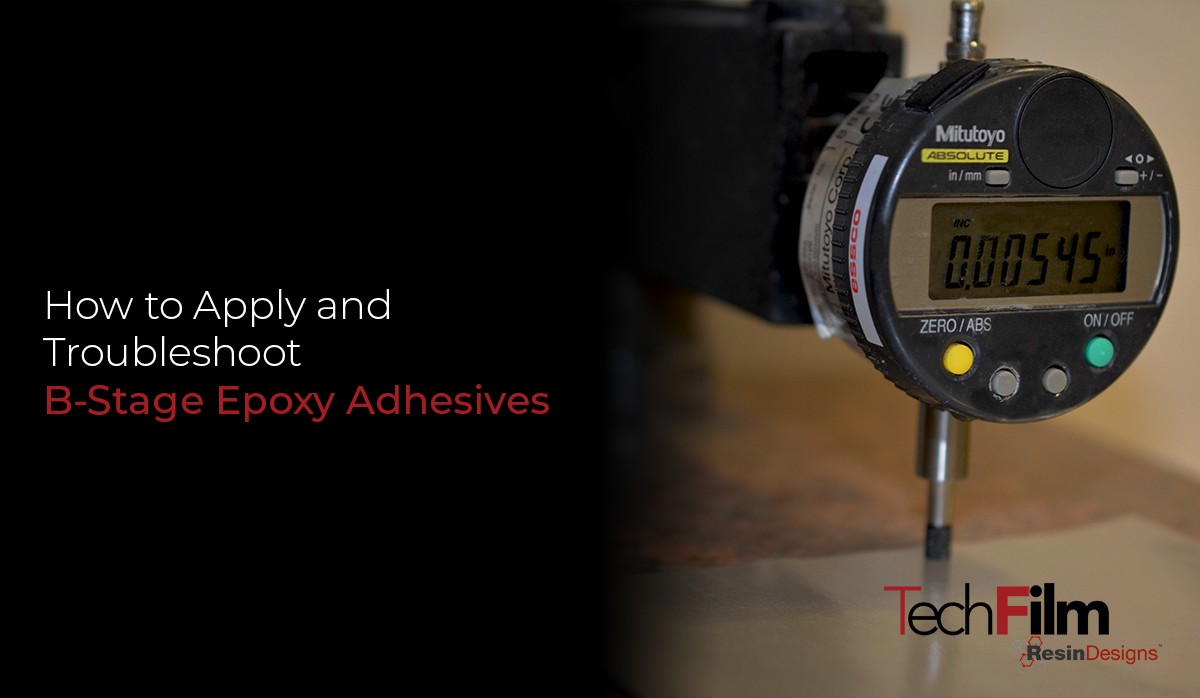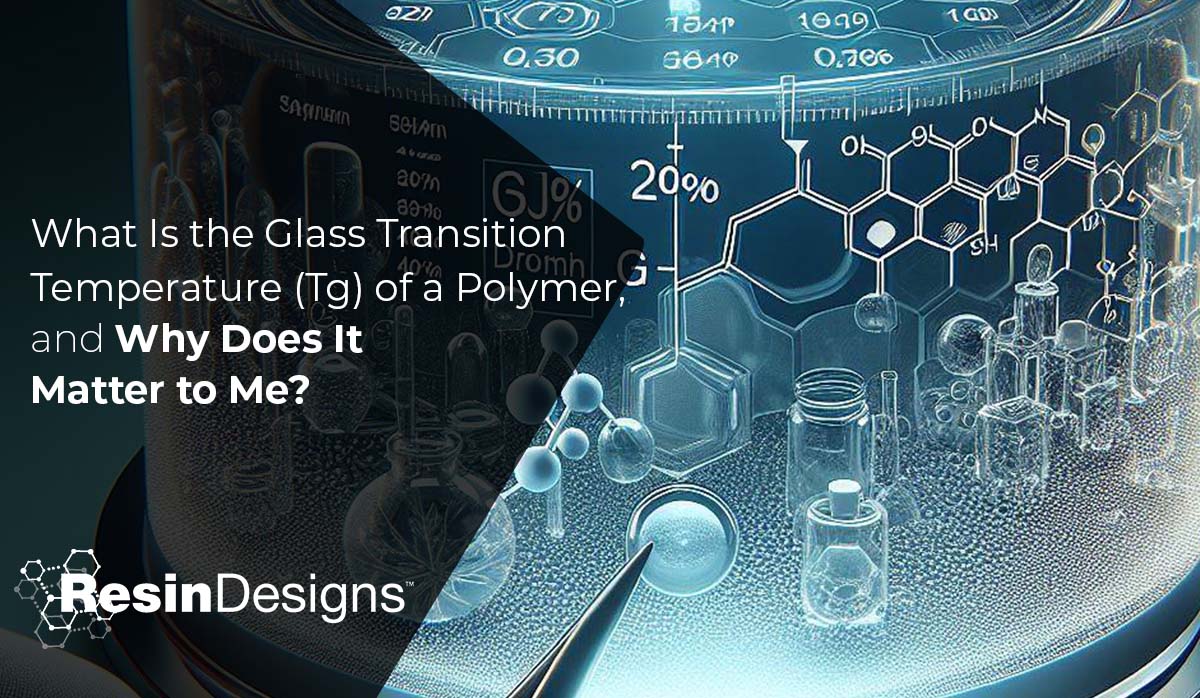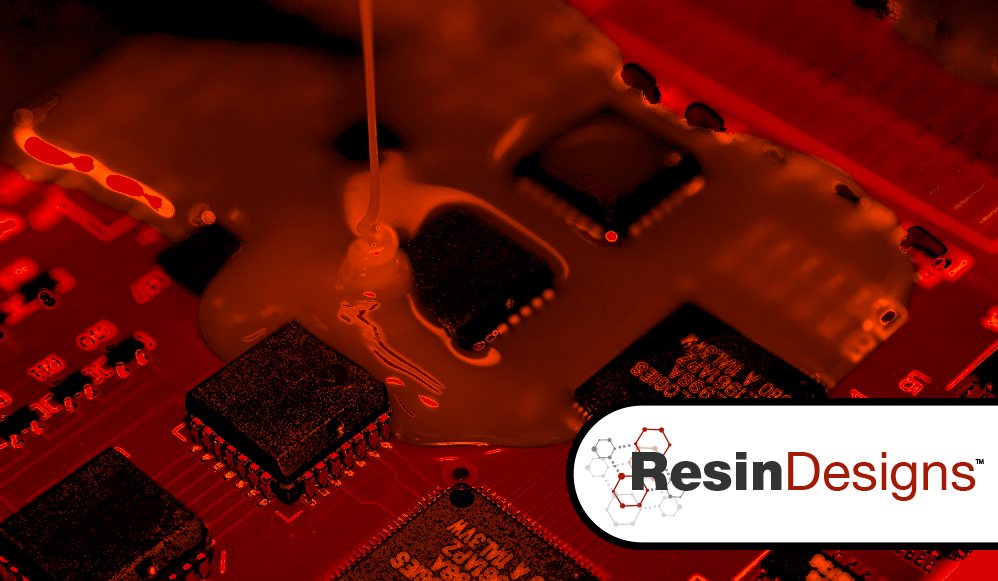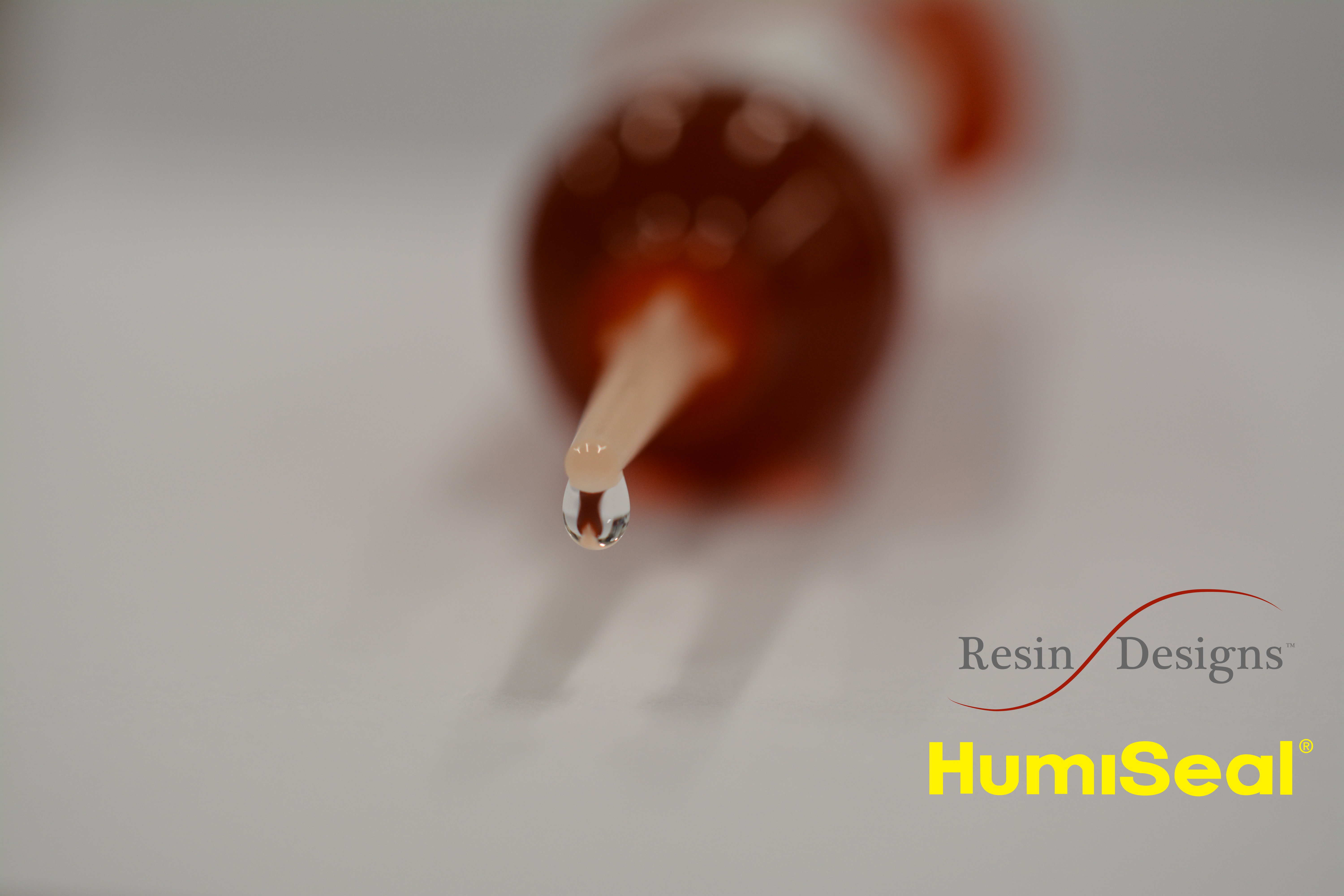Resin Designs TechFilm is a product line consisting of high-performance, partially cured epoxy adhesive films. These specialized film adhesives are designed as alternatives to two-part liquid epoxies. Techfilm advantages include clean, precise bond thickness and borders, low and high-temperature resiliency, and harsh environmental conditions resistance.
An important question arises: what makes these films different than opting for traditional adhesive coatings? Let's review the unique strengths of TechFilm adhesives and discuss how to best implement their unique application process.










